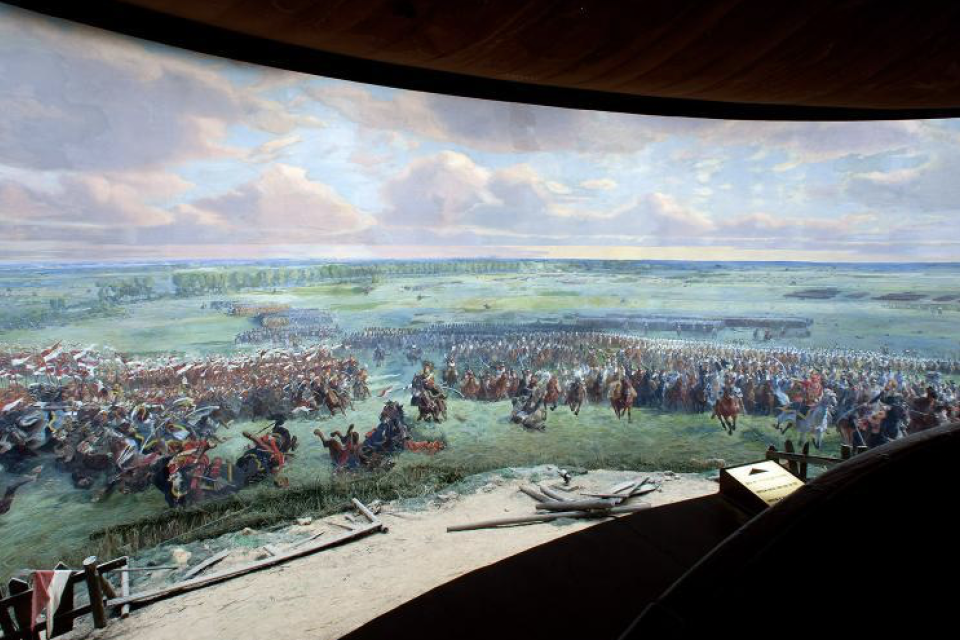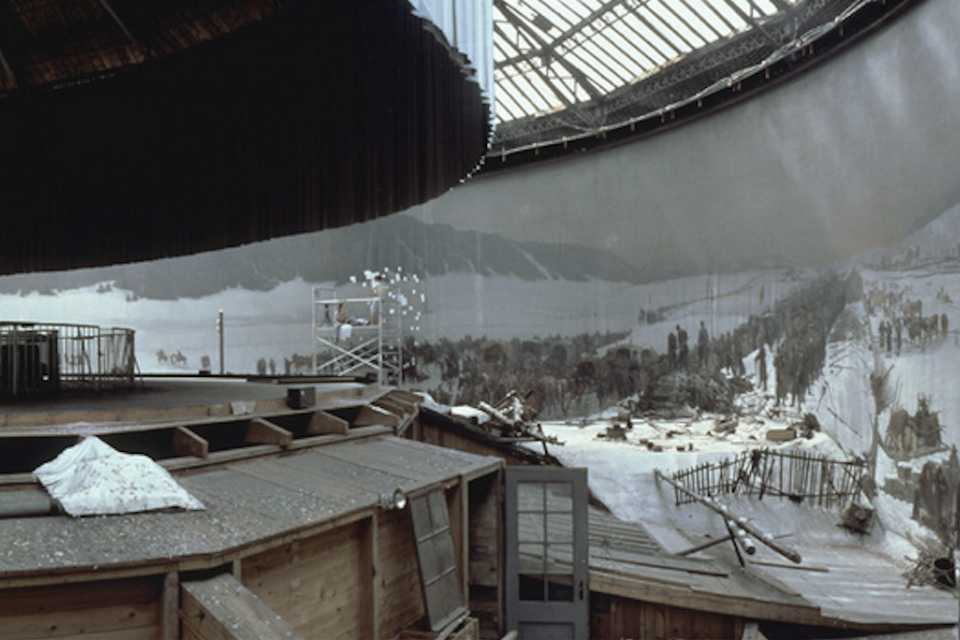Anachronisms and dystopias: the virtual worlds of cinema
In recent years, virtualisation processes in different areas of our lives have intensified due to the development of new technologies. The commercialisation of devices such as virtual reality visors demonstrates the extent to which the domestic space is becoming an immersive environment. Similarly, the development of social networks and the emergence of the so-called 'metaverse', reinforce the fact that our interpersonal relationships have changed. The virtual world is a reality and this is supported by the fact that, currently, it is one of the most-used concepts although paradoxically, at the same time, it is a great unknown. Where and how does our relationship with virtual image begin? What dérives arise? What role does cinema play in the learning of this imaginary?
The Research Unit on Early Cinema (GROC in its Spanish acronym) of the Universitat de Girona has developed a project — financed by the Spanish Ministry for Science and Innovation — under the title 'Virtual Worlds in Early Cinema: Devices, Aesthetic and Audiences', which establishes links between image forms from the past and the present, making visible the continuity of approaches around the subject of virtuality. The initial hypothesis is simple and inspiring: despite there being no technology to make it possible, the desire for virtuality can be found in visual devices and artefacts before the 20th century. For example, between performances such as panoramas of the 19th century and the 'Second Life' experience released in 2003, a common thread can be established that illustrates the continued existence of aesthetic and performative approaches in visual culture. Although it has been considered a synonym for progress and overused by technological marketing as a way to sell certain products, the virtual is a fertile territory for reflection that questions our connection with the world that surrounds us.
Starting from the process of collective virtualisation, described in the nineties by Pierre Lévy in his essay 'Qu’est-ce que le virtual?' (What is the virtual?), this series of seminars proposes a return to the origins: weaving links between the immersive techniques of pre-cinema and those of the 21st century, to try to understand the proliferation of virtual worlds in the present and their implications.
Situating ourselves in the period between the end of the 19th century and the beginning of the 20th, just when a new means of expression such as cinema emerged, reveals the paradox that the idea behind the conception of the virtual at that time was none other than the dream of generating images capable of defeating death and of creating parallel systems of life. This idea has been accompanied, throughout history, by the creation of virtual spaces where the viewer does not acquire immortality but travels through other possible worlds, different from the real one. These imaginary spaces or immersive geographies of the past, developed with greater or lesser success, have been essential for outlining an idea of transition towards another cognitive sphere, different from the relationship we maintain with the current world.
'Anachronisms and Dystopias: the Virtual Worlds of Cinema' consists of four sessions, each of which revolves around a concept and its relation to the question of the virtual: cinematic precedents, bodies, immersion in the landscape and the experience of alternative realities. Four ideas that will be approached from a double perspective: a theoretical first part, with room for debate and reflection, and a second part dedicated to artistic practice, with screenings, to learn first-hand about creative processes.
Within this year’s framework in which the programme of Fabra i Coats: Contemporary Art Centre of Barcelona focuses on investigating the scope of film beyond film, these sessions seek, on the one hand, to provide tools to acquire a critical perspective on the issue of virtual technology and on the other, to elaborate on the aesthetic possibilities of the virtual. In short, to explore other concepts and new theories that transform our relationship with bodies, spaces and the creation of possible worlds.
Programme
Tuesday 27/9
18 h Welcome to the virtual desert – Àngel Quintana (UdG)
18.45 h Devices and archaeology of the media – Cèlia Cuenca (UB)
19.45 h #1Going with the flow. The virtual journey of the spectator in early film – Daniel Sánchez Salas (URJC)
Wednesday 28/9
18 h The virtual interpreter in the cinema-dance relationship Carolina Martínez (ERAM)
18.45 h Poetics of computer-generated bodies – Sergi Sànchez (UPF)
19.45 h #2 Encoding embodied creativity for dance digitalisation and creation – STOCOS
Thursday 29/9
18 h Aesthetics of the virtual landscape – Alan Salvadó (UdG)
18.45 h A landscape of virtual voices – Carme Pardo (UdG)
19.45 h #3 Periphery – Andrea Gómez chats with David Ferragut (UdG)
Friday 30/09
18 h The structure and the labyrinth – Daniel Pérez (UdG)
18.45 h Video game mutations, between the metaverse and digital disaffection – Óliver Pérez-Latorre (UPF)
19.45 h #4 Immersive images and the video clip – Salvador Sunyer
Conceptualization and coordination
Daniel Pérez Pamies, Àngel Quintana, Alan Salvadó (Universitat de Girona)
Organization
Fabra i Coats: Centre d’Art Contemporani de Barcelona
Reservations: activitats-centredart@bcn.cat





